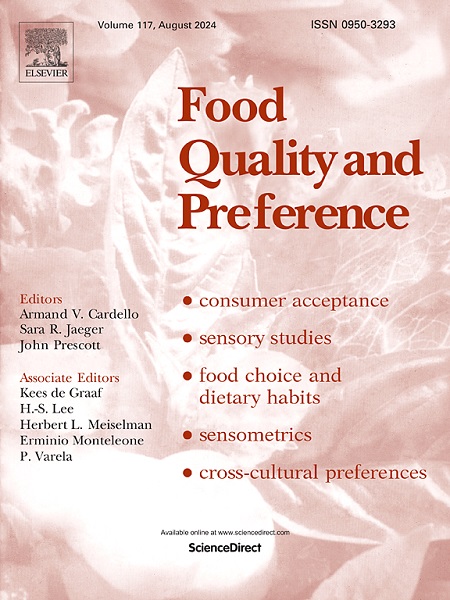Cross-cultural consumer acceptance of cultured meat: A comparative study in Belgium, Chile, and China
IF 4.9
1区 农林科学
Q1 FOOD SCIENCE & TECHNOLOGY
引用次数: 0
Abstract
This study investigates consumer acceptance of cultured meat in Belgium, Chile, and China, countries with distinct meat consumption patterns and cultural contexts. An online survey (n = 1427) was conducted in the respective national language(s), with 471 respondents from Belgium, 464 from Chile, and 492 from China. The survey explored perceptions, attitudes, and behavioural intentions towards cultured meat. Across all countries, most respondents were meat eaters with a strong attachment to meat, and healthiness was ranked as the most important factor in daily food choices. In general, cultured meat was perceived as animal friendly and innovative. Chinese consumers were more likely to identify as late adopters of new food technologies but showed higher levels of likelihood to purchase, replace conventional meat with, and pay for cultured meat, compared to their Chilean and Belgian counterparts. Using the Value-Attitude-Behaviour (VAB) framework, the study investigates how personal values, meat attachment, and consumer innovativeness influence acceptance. Consumers from China emerged as the most open to consuming cultured meat, followed by those from Chile and Belgium. Differences in acceptance may relate to how meat attachment affects the perceived wholesomeness of cultured meat across countries. The study highlights key limitations, including the absence of sensory experience with cultured meat. It emphasizes the need for further research, especially in underexplored regions like Latin America, and advocates for tailored strategies targeting market segments based on dietary habits and cultural contexts.
求助全文
约1分钟内获得全文
求助全文
来源期刊

Food Quality and Preference
工程技术-食品科技
CiteScore
10.40
自引率
15.10%
发文量
263
审稿时长
38 days
期刊介绍:
Food Quality and Preference is a journal devoted to sensory, consumer and behavioural research in food and non-food products. It publishes original research, critical reviews, and short communications in sensory and consumer science, and sensometrics. In addition, the journal publishes special invited issues on important timely topics and from relevant conferences. These are aimed at bridging the gap between research and application, bringing together authors and readers in consumer and market research, sensory science, sensometrics and sensory evaluation, nutrition and food choice, as well as food research, product development and sensory quality assurance. Submissions to Food Quality and Preference are limited to papers that include some form of human measurement; papers that are limited to physical/chemical measures or the routine application of sensory, consumer or econometric analysis will not be considered unless they specifically make a novel scientific contribution in line with the journal''s coverage as outlined below.
 求助内容:
求助内容: 应助结果提醒方式:
应助结果提醒方式:


